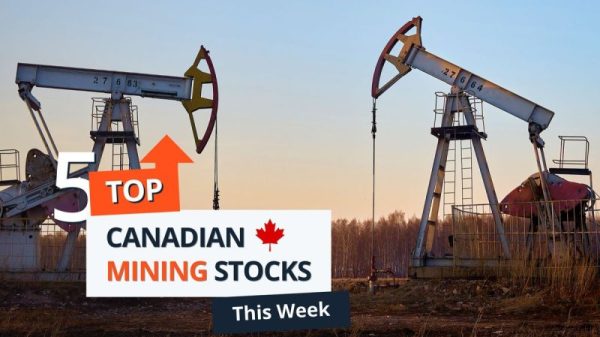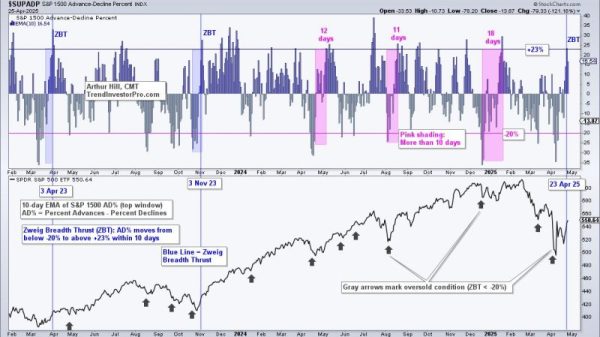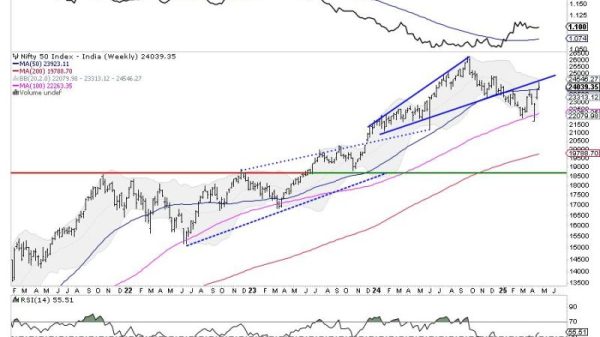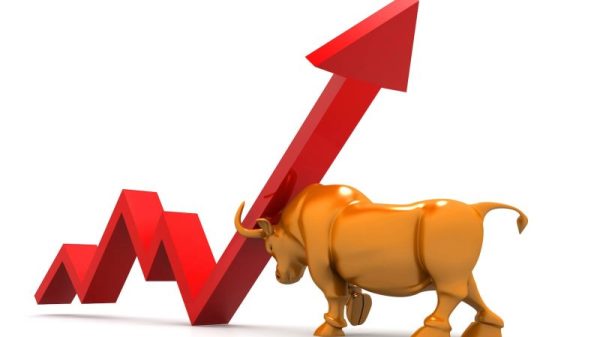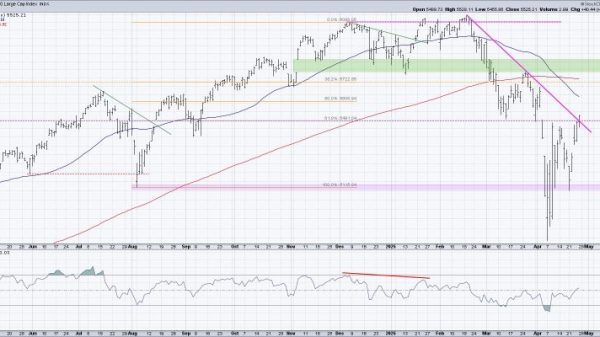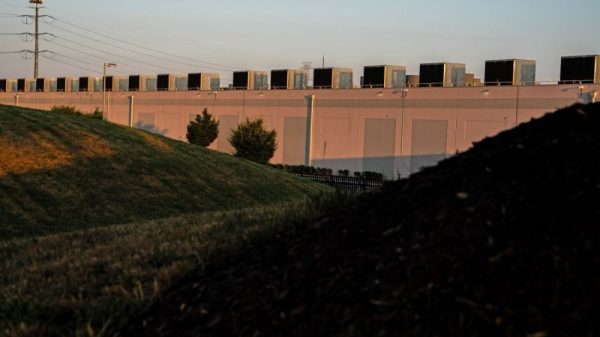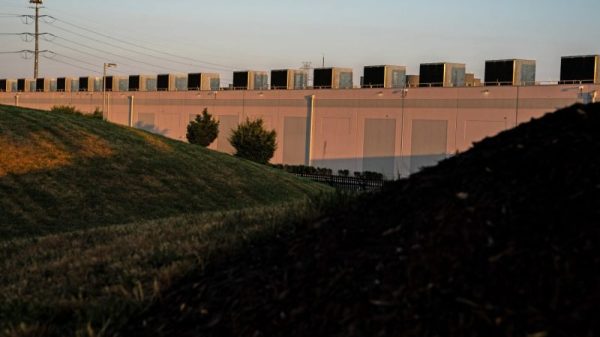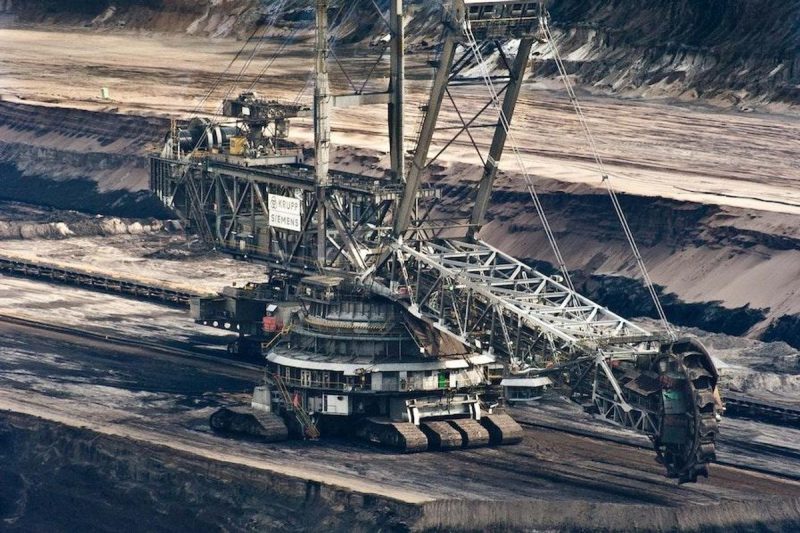Found in the Earth’s crust, coal is a fossil fuel that is essentially “the altered remains of prehistoric vegetation,” according to the World Coal Association. However, there are a number of different coal types to be aware of.
Coal, which has been a primary energy source for more than a century, began to form during the Carboniferous period, which took place between 360 million and 290 million years ago. Plant matter accumulated in swamps and peat bogs, and after being buried and exposed to high heat and pressure — largely due to the shifting of tectonic plates — it was transformed into the coal that powered the industrial revolution and that the mining industry uses today.
The World Coal Association explains that the quality of coal is largely determined by:
the type of vegetation the coal originated fromthe coal’s depth of burialtemperatures and pressures at that depthhow long it took the coal deposit to form
All of these factors contribute to how much of the plant transforms into carbon, and it is carbon content that determines a coal’s rank. Higher carbon content is associated with coal that has spent a longer time forming, while lower carbon content is a characteristic of “younger” coal. Here’s a look at the four main coal types, arranged from lowest to highest carbon content.
What are low-rank coals?
Mainly used for electricity generation, lignite is the youngest type of coal deposit. It is soft and ranges in color from black to shades of brown; in fact, it is sometimes called brown coal.
Sub-bituminous coal is the result of millions of years of continued pressure and high temperatures on lignite. It burns cleaner than other types of coal, producing less greenhouse gas emissions due to its low sulfur content. Sub-bituminous coal is used in electricity generation and also in industrial processes.
What are hard coals?
Bituminous coal is harder and blacker than lignite and sub-bituminous coal, and can be divided into two types: thermal and metallurgical. Together, they make up more than half of the world’s coal reserves and account for a majority of the coal industry. Thermal coal, as the name implies, is used in energy generation for heating, but it is also used for cement manufacturing and other industrial purposes. Metallurgical coal is primarily mixed with iron ore to produce steel.
Anthracite is the most mature form of coal and thus has the highest carbon content. It was nicknamed ‘hard coal’ by the locomotive engineers that used it to provide energy to power trains. Today, anthracite coal mines account for roughly 1 percent of the world’s total coal reserves; in other words, only a very small portion of the overall coal industry. Anthracite is also used in some older homes’ heating stove systems, and can be used as a smokeless fuel in hand-fired furnaces.
What is coal’s role in the energy transition?
Demand for coal was strong in 2022, and according to the International Energy Agency (IEA) is likely to come in at a new all-time high in 2023. This performance comes back after recent setbacks — global coal consumption rebounded by nearly 6 percent in 2021 as economies around the world began to pick back up from the COVID-19 pandemic.
Demand increased by a further 4 percent year-on-year in 2022. Global coal use rose as Russia’s invasion of Ukraine sent natural gas prices on a tear. This brought demand levels back to the record highs reached nearly a decade ago.
“Global coal demand is being propped up this year by rising natural gas prices, which have intensified gas-to-coal switching in many countries, as well as economic growth in India,” as per the IEA. “Those factors are being partly offset by slowing economic growth in China and by the inability of some major coal producers to ramp up production.”
IEA analysts believe that while coal’s current market fundamentals are solidly bullish, this may only be the case for the near term. The agency notes that most of the world’s advanced economies witnessed declining coal consumption in 2023, with 20 percent falls in demand in both the US and the European Union. However, in the Asia Pacific region, coal demand was still on the rise, with a 5 percent uptick in China and an 8 percent rise in India for the year.
More and more countries are pledging to reach net-zero emissions and cut ties with coal. “The pledges to reach net zero emissions made by many countries, including China and India, should have very strong implications for coal — but these are not yet visible in our near-term forecast, reflecting the major gap between ambitions and action,” the IEA notes.
Ironically, despite being the fuel that powered the industrial revolution, industrialized countries around the world are now moving away from burning coal as an energy source due to its contribution to greenhouse gas emissions.
Transitioning away from coal to generate electricity is one of the ways countries are addressing climate change.
Investor takeaway
As can be seen, while coal types are often painted with the same brush, there’s more than one variety out there. Getting to know the differences is key for energy investors evaluating companies and projects.
For a closer look at the different coal types and their uses, check out our other articles on the subject:
And if you want to start investing in coal, read our Introduction to Coal Investing.
Securities Disclosure: I, Melissa Pistilli, hold no direct investment interest in any company mentioned in this article.





